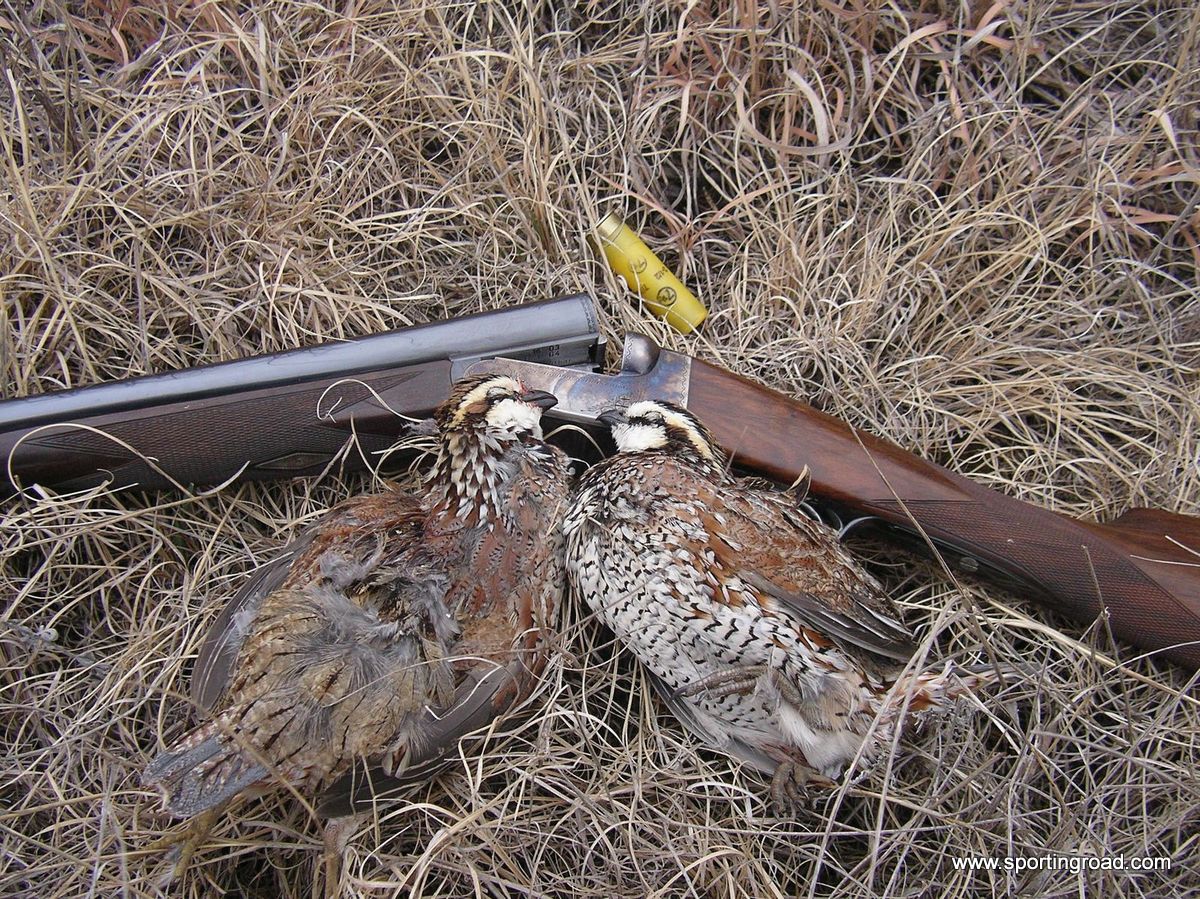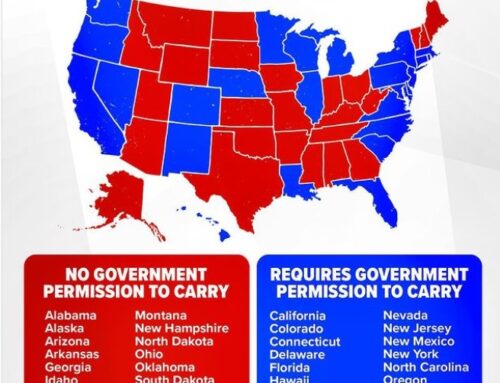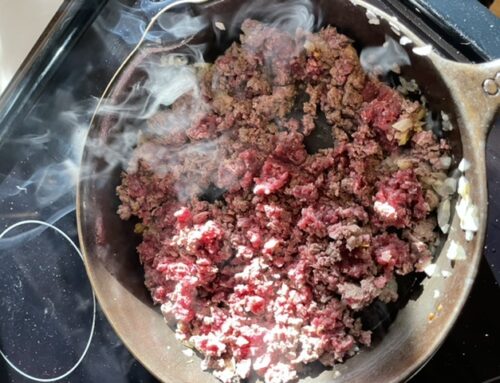To protect hens with chicks, Washington sets back forest grouse hunting by two weeks
Sun., Aug. 22, 2021
By Rich Landers FOR THE SPOKESMAN-REVIEW
In 2006, the American Ornithologists’ Union split the species known as the blue grouse into two species — dusky and sooty grouse. Washington is the only state where the ranges of these two very similar forest grouse species meet. Generally, the sooty is found west of the Cascades and the dusky ranges to the east through Idaho and western Montana.
Labor Day weekend this year will be time for scouting rather than hunting for grouse in Eastern Washington’s mountains.
Breaking a schedule that goes back nearly five decades, Washington’s forest grouse hunting season will open Sept. 15 instead of Sept. 1.
State Department of Fish and Wildlife biologists have tried to nudge wing shooters into a later start of the season for about 13 years, citing evidence that it would help stem declining numbers of dusky, spruce and ruffed grouse.
But a significant portion of grouse hunters are locked into their traditions. They didn’t want to give up the chance to procure delicious grouse breasts for the camp skillet during the three-day Labor Day weekend. Their comments were heard and heeded by state wildlife managers and the Fish and Wildlife Commission, until this year when the case for protecting more mother hens and their chicks took priority.
“Back East, they wouldn’t dream of opening grouse season on the first of September,” said Mike Schroeder, a wildlife researcher and WDFW’s grouse specialist. Forest grouse populations are difficult to survey, he said, but multiple sources of data indicate the change in Washington’s season was overdue.
“We used to run check stations specifically for grouse, but it came to the point where we weren’t encountering enough grouse hunters to make it worthwhile,” he said, noting that decreases in hunting pressure generally correspond with declines in game populations.
More alarming are surveys revealing that the hunters still out there are spending more time for each bird harvested.
Biologists have banded grouse, driven roads for annual bird counts and analyzed grouse wings that hunters voluntarily deposit at collection barrels. The data spells out the need for change, Schroeder said.
Factors that wildlife managers can control focus on these findings, Schroeder said: Roughly two-thirds of the forest grouse harvested in the first two weeks of September are juveniles that hatched that year, and roughly 60% of the remaining third of the harvest are breeding hens.
“The ratio for spruce grouse is closer to three-quarters females,” he said.
Male duskies tend to move up from the low breeding areas to the high mountain wintering areas before Sept. 1 while the females stay down lower with their broods. So the hunters cruising roads in early September have been primarily hitting these hens and chicks.
Pheasant hunters would not support a season structure that took such a high toll on hens, Schroeder said.
“Just because male and female grouse are harder than pheasants to distinguish in the field doesn’t mean we shouldn’t address the pressure on grouse hens,” he said.
During fall, only a trained eye can distinguish a male dusky grouse (formerly called blue grouse) by the more solid blue-gray and brownish coloring on the breast feathers while a female is more mottled. A male has a darker tail and may still have remnants of the yellow eyebrow and some dark feathers on its throat that lined the air sacs it bares during spring mating season. A female dusky is 50% smaller than a male.
“None of these differences is easy to see when a grouse flushes through brush and trees,” Schroeder said.
“But with other animals that are studied more intensively, like deer, we know that selectively harvesting females affects the long-term productivity of the population.”
Harvesting the chicks of the year, which haven’t had a chance to put much meat on their bones, is one thing, “but it’s more concerning that we’re taking so many of the successful breeders,” he said.
The typical date for a brood to break up, especially for dusky and spruce grouse, is around the middle of September, Schroeder said.
“The hen basically takes care of her brood until that time,” he said. “When the chicks are big enough to start moving off on their own, the hen can move more freely and take better care of herself.”
While riparian-dwelling ruffed grouse have the smallest home range of the forest grouse, dusky hens and broods head up from lower elevations in September to join the males in the high country.
Of course, hunting isn’t the only factor affecting grouse populations. Schroeder said WDFW does fewer road-driving surveys to gauge grouse population trends “because about 80% of the transect routes where we’ve been collecting data over the years have burned.”
“It’s hard to keep data consistent when nothing’s consistent,” he said.
Along one route Schroeder drove in the 1990s, the Forest Service had posted a forest restoration information sign noting that a fire had scorched 10,000 acres in the 1970s. “In other words, a 10,000-acre fire at that time was worth a sign,” he said. “Nowadays a fire of that size is relatively quaint.”https://49ec81a0513492435c49ef108774b2fc.safeframe.googlesyndication.com/safeframe/1-0-38/html/container.html
Since the Tyee Fire burned 135,000 acres in 1994 and the Tripod Fire burned 175,000 acres in 2006, big, big wildfires have had continuous impact on forest grouse habitat, he said. “It’s our new reality.”
Fires affect grouse in different ways, Schroeder said.
“Dusky grouse do really well in open habitats as long as they have enough winter habitat,” he said. “Spruce grouse are more challenged by fire since they rely on forest cover, but I’ve seen them returning to the vigorously growing canopy of 6- to 15- foot lodgepole pine and feeding on the grouseberries 15 years after a fire.
“Ruffed grouse thrive in riparian areas where aspens that can bounce back relatively quickly because of the moisture.”
The key for grouse to rebound from fire is having a refuge area for some of the population to survive in until the burned areas start to recover, he said.
Other factors likely to be affecting Washington’s forest grouse include pine beetle damage; development and rural homebuilding, especially on low-elevation breeding areas for ruffed and dusky grouse; and changes in forests as logging is followed by reforestation and maturing stands.
Some sportsmen contend the expansion of wild turkey populations has been detrimental to forest grouse, but Schroeder said there’s no conclusive evidence.
Until this year’s season change, the only recent step Washington has taken to reduce the impact hunters have on broods is requiring that no more than three of the four grouse in a daily limit be of the same subspecies.
Schroeder said he understands that sportsmen want to preserve traditions such as hunting grouse over the Labor Day holiday.
“Despite the challenges we’re facing, we have some of the best grouse hunting opportunity in the country,” he said. “A long season, three forest grouse species to hunt, and the vast majority of them found on public land. We’re hoping that hunters look at the big picture.”
That appears to be the approach Zach Hedquist is taking.
Since he was 8 and his brother was 9, Hedquist, a Spokane firefighter, has savored his family’s tradition of camping and grouse hunting during the three-day weekend.
“It’s always been our family’s last hurrah of summer and the kickoff to our hunting season,” he said, noting that a passel of siblings and cousins has been introduced to grouse hunting during the campouts over the years.
But on reflection, he thinks the annual hunt will be enhanced by a later opening date.
“It likely will be better for the birds and better for us,” he said, “because it won’t be a holiday weekend and every Tom, Dick and Harry won’t be out there.”
The season date is the least disruptive of the changes the Hedquist family has experienced in recent years, he said.
“It used to be that we’d need a campfire in the mountains to ward off the chill of foggy, dewy, cool mornings on Labor Day,” he said. “In recent years, fires haven’t even been allowed because of fire danger.”
More roads are blocked with gates. More fire restrictions affect forest access leaving more outdoorsmen with pickups, four-wheelers and motorcycles recreating on the remaining open forest roads.
“All in all, the Labor Day weekend has become a dusty disappointment,” he said. “It’s harder to get away from people, and the grouse hunting has been terrible, especially last year. That’s having way more impact on our tradition than the change of date.”
The extended clan of Hedquists is planning to go with the flow by camping on a lake or reservoir over the Labor Day holiday and then returning to its favorite mountain campsites after Sept. 15 to focus on grouse in cooler temperatures and with fewer people around.
“It will help that a bunch of young grouse won’t be getting hammered over the holiday,” he said.
A Similar Bad Report for All Western Game Species
https://www.nationalparkstraveler.org/2021/09/southwests-long-running-drought-imperils-wildlife
And More Bad News for Sage Grouse Chick Survival During Recent Draught Years
http://www.buffalobulletin.com/news/article_4e57faa2-2211-11ec-b71c-0fbcf825214a.html
Pheasants May Be the Only Good News Taken from the 2021 Upland Gamebird Forecast
_________________________
NEW MEXICO (KRQE) – Researchers at New Mexico State University predict that the dusky grouse will lose almost all of its habitat by the end of the 21st century due to climate change. The dusky grouse is recognized as “climate threatened” as climate change continues to devastate forests and fuel more extreme wildfires.
Wildfires like the Hermits Peak Calf Canyon Fire took part in the dusky grouse’s loss of land, forcing them to find new places to live. But despite challenges in southern areas, the dusky grouse in northern regions of New Mexico and Arizona have robust populations and may provide refuge against moderate climate changes in the future.
___________
2022 Hunting Forecast Not Much Better
https://pointingdogjournal.com/2022-upland-gamebird-hunting-forecast/#Prairie-Grouse-Huns
________________
Grassland birds are “among the fastest-declining bird species in the United States,” according to a 2022 report by the North American Bird Conservation Initiative, declining 34% in the past 30 years. The report estimated 70 species have lost two-thirds of their populations in the past 50 years with the decline expected to continue.




